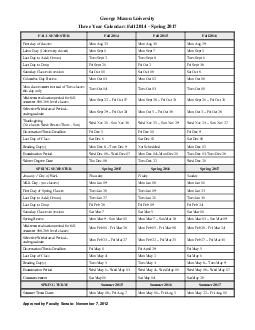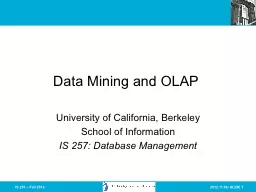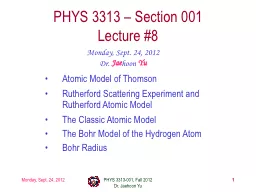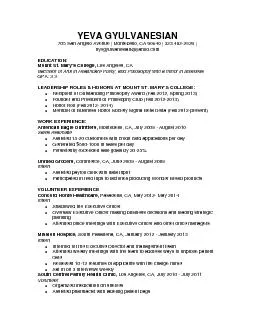PPT-Fall 2012
Author : cheryl-pisano | Published Date : 2016-05-30
SYSC 5704 Elements of Computer Systems 1 MicroArchitecture Murdocca Chapter 5 selected parts How to read Chapter 5 Objectives How the control unit of the CPU works
Presentation Embed Code
Download Presentation
Download Presentation The PPT/PDF document "Fall 2012" is the property of its rightful owner. Permission is granted to download and print the materials on this website for personal, non-commercial use only, and to display it on your personal computer provided you do not modify the materials and that you retain all copyright notices contained in the materials. By downloading content from our website, you accept the terms of this agreement.
Fall 2012: Transcript
Download Rules Of Document
"Fall 2012"The content belongs to its owner. You may download and print it for personal use, without modification, and keep all copyright notices. By downloading, you agree to these terms.
Related Documents














